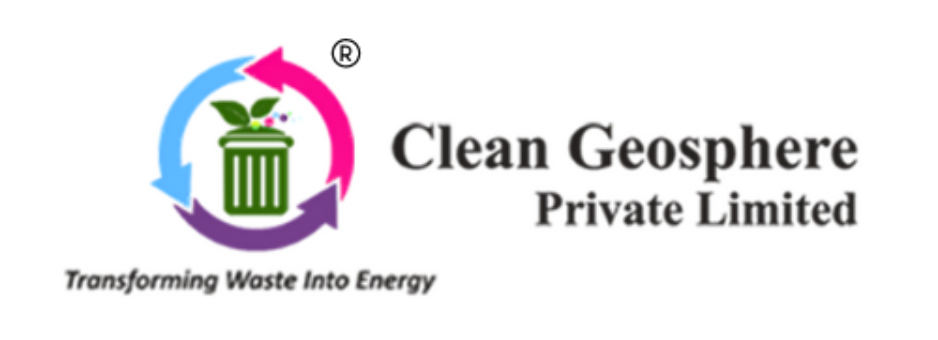Mumbai, India’s financial capital, is home to several rivers that once played a crucial role in the city’s ecosystem. However, these water bodies—Mithi, Dahisar, Poinsur, and Oshiwara—are now choking under the burden of plastic waste. Rampant urbanization, poor waste management, and the excessive use of single-use plastics have turned these once-thriving rivers into toxic drains.
How Plastic Pollution is Destroying Mumbai’s Rivers
1. Mithi River: A Symbol of Neglect
The Mithi River, which flows through Mumbai and meets the Arabian Sea, has become one of the most polluted water bodies in the city. Once a natural stormwater drain, it is now filled with plastic bags, bottles, and industrial waste. During monsoons, the accumulated plastic waste blocks water flow, leading to devastating floods like those in 2005.
2. Dahisar and Poinsur Rivers: Dying Waterways
These rivers, once sources of fresh water for local communities, have turned into garbage-filled channels. The biggest culprit? Single-use plastic items like wrappers, straws, and PET bottles. The lack of effective waste disposal systems has turned them into dumping grounds for household and commercial waste.
3. Oshiwara River: A Toxic Mix of Plastic and Sewage
The Oshiwara River, flowing through western Mumbai, is heavily contaminated with plastic waste and untreated sewage. With construction debris and discarded plastic materials filling its banks, the river’s water quality has deteriorated beyond recognition, making it a health hazard for nearby residents.
The Impact of Plastic Waste on Mumbai’s Rivers

1. Increased Flooding Risks
Plastic waste blocks natural drainage systems, causing waterlogging and severe flooding during Mumbai’s monsoons. This not only disrupts daily life but also leads to massive economic losses and infrastructure damage.
2. Marine and Aquatic Life Destruction
Rivers serve as pathways to the Arabian Sea, carrying plastic waste that endangers marine life. Fish, turtles, and seabirds often ingest plastic, leading to poisoning and death. Microplastics further contaminate the food chain, affecting human health.
3. Health Hazards for Communities
Polluted rivers lead to the spread of waterborne diseases such as cholera, typhoid, and dysentery. Communities living along these rivers suffer from poor sanitation conditions, exposing them to severe health risks.
What Can Be Done to Save Mumbai’s Rivers?
1. Strict Implementation of Plastic Bans
Despite Maharashtra’s plastic ban, enforcement remains weak. Authorities must impose strict penalties on those dumping plastic waste into rivers and ensure businesses comply with eco-friendly alternatives.
2. Waste Segregation and Recycling Initiatives
Households and businesses should segregate plastic waste at the source. Encouraging recycling through buy-back programs and deposit refund systems for plastic bottles can reduce waste accumulation.
3. River Cleaning Drives and Restoration Projects
Organizations and local authorities should conduct regular clean-up drives to remove plastic waste from Mumbai’s rivers. Public participation in initiatives like ‘Swachh Bharat Abhiyan’ and ‘Mithi River Rejuvenation Project’ can help restore water bodies.
4. Promotion of Sustainable Alternatives
Encouraging the use of cloth bags, biodegradable packaging, and refillable containers can significantly cut down plastic pollution. Citizens must be made aware of the impact of their consumption choices.
5. Strengthening Mumbai’s Waste Management System
A robust waste collection and disposal system is essential to prevent plastic from reaching rivers. Installing more dustbins, improving garbage collection frequency, and setting up plastic recycling units can curb the crisis.

Conclusion
Mumbai’s rivers are on the verge of ecological collapse due to unchecked plastic pollution. Urgent action is needed from individuals, businesses, and the government to restore these water bodies. By reducing plastic use, enforcing waste segregation, and participating in clean-up initiatives, Mumbaikars can play a vital role in saving the city’s rivers.
It’s time to act before these rivers disappear forever—because a cleaner river means a cleaner Mumbai!


